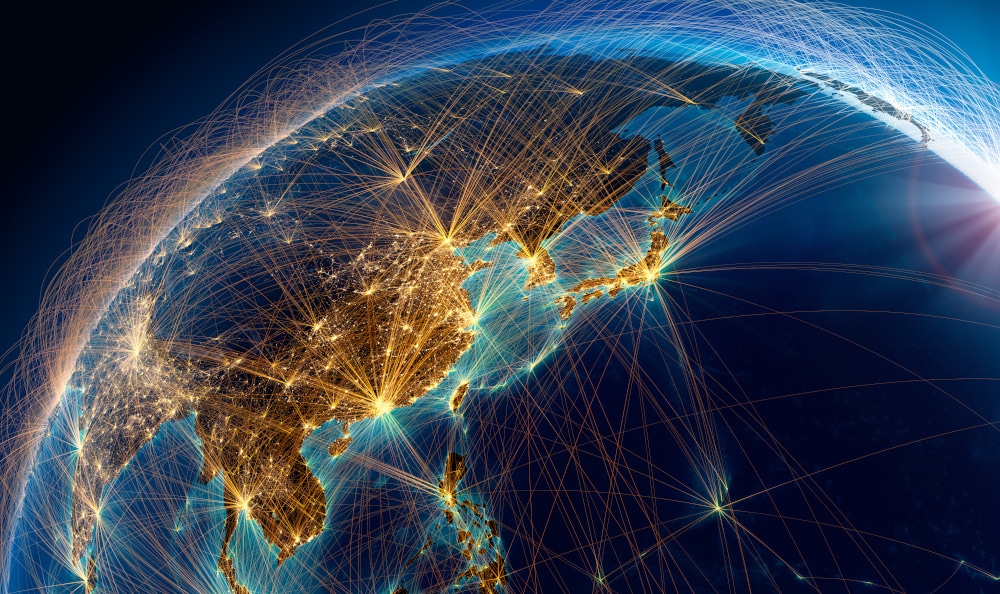Huawei under threat in Philippines as Globe looks elsewhereHuawei under threat in Philippines as Globe looks elsewhere
Globe Telecom is looking at the possibility of using network equipment suppliers that do not hail from China amidst rising tensions between Huawei, the US and other Western markets.
September 24, 2020

Globe Telecom is looking at the possibility of using network equipment suppliers that do not hail from China amidst rising tensions between Huawei, the US and other Western markets.
The revelation came from the telco’s General Counsel Froilan Castelo, who was responding to questions during during a Senate public services committee hearing earlier this week, according to local press reports.
Losing Globe as a customer would comes as a major blow to Huawei, which supplied 80% of its network infrastructure, with the remaining 20% being delivered by the likes of Ericsson and Nokia, Castelo told the committee, Philippine news outlet the Inquirer.net reported.
“Because of developments coming in from the US and Europe, we’re coming up with a strategy for another network which is based on not Chinese telco equipment providers,” Castelo said, in response to direct questions on whether or not Globe’s board has discussed the ongoing use of Chinese vendors and whether it has plans to use more Western equipment.
The story is naturally a real headline-grabber, given developments elsewhere in the world, but its is worth pointing out that Globe does not appear keen to sever its ties with Huawei.
“The most advanced [5G equipment] is still Huawei, and their counterparts are about, our estimate at about 1.5 years away,” Castelo said, indicating that Globe has brokered a deal with the Chinese vendor for 5G, while at the same time assuring the committee that network security is a priority for the telco.
Huawei is doubtless anxious to protect its position with Globe, particularly in light of the fact that the operator has just announced what it describes as its largest network upgrade to date.
On Thursday the telco shared a three-pronged network update plan designed to improve voice and data services for customers on both the fixed and mobile side.
Firstly it has committed to accelerating the build-out of mobile base stations to boost coverage and capacity, aided by a smoother system for obtaining build permits at national and local level. Its second prong is around upgrading all sites to LTE using various frequency bands. Finally, Globe aims to fast-track the rollout of fibre.
Globe said it expects to have completed its upgrades by 2021, but not provide much additional detail. It expects 2020 capex to come in at 50.3 billion pesos (just over US$1 billion), the “majority of which will be spent on its network upgrade initiatives,” it said.
“In heeding the call of the government, we shall endeavour to provide our customers with improved network performance and quality of service,” said Globe President and CEO Ernest Cu, in a canned statement.
The government has been urging Philippine telcos to improve service for some time, and this summer Philippines President Rodrigo Duterte lit a fire under Globe Telecom and incumbent PLDT by threatening to seize their assets if they fail to improve service by the end of the year.
Whether he would make good on that threat is anyone’s guess, but as far as the telcos are concerned, this is not really the time to be looking at changing suppliers or ripping out Chinese equipment, which has to be good news for Huawei.
About the Author
You May Also Like










.png?width=300&auto=webp&quality=80&disable=upscale)


_1.jpg?width=300&auto=webp&quality=80&disable=upscale)